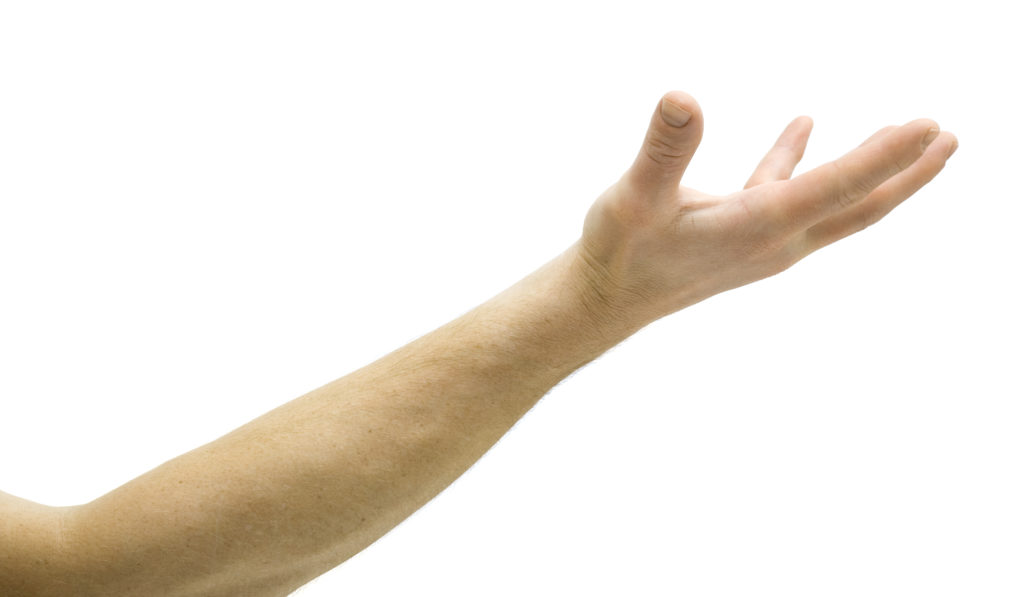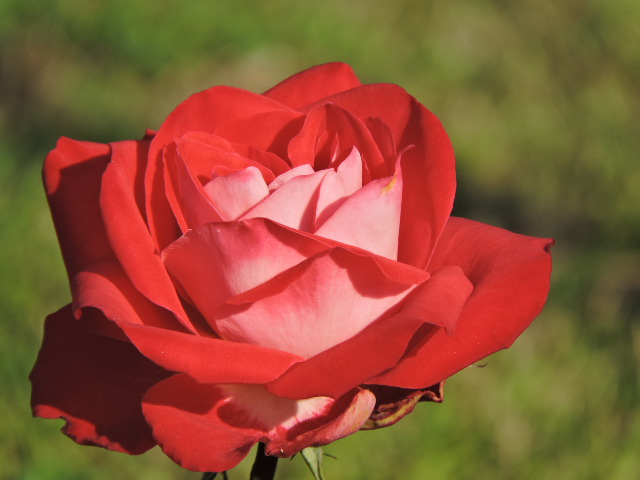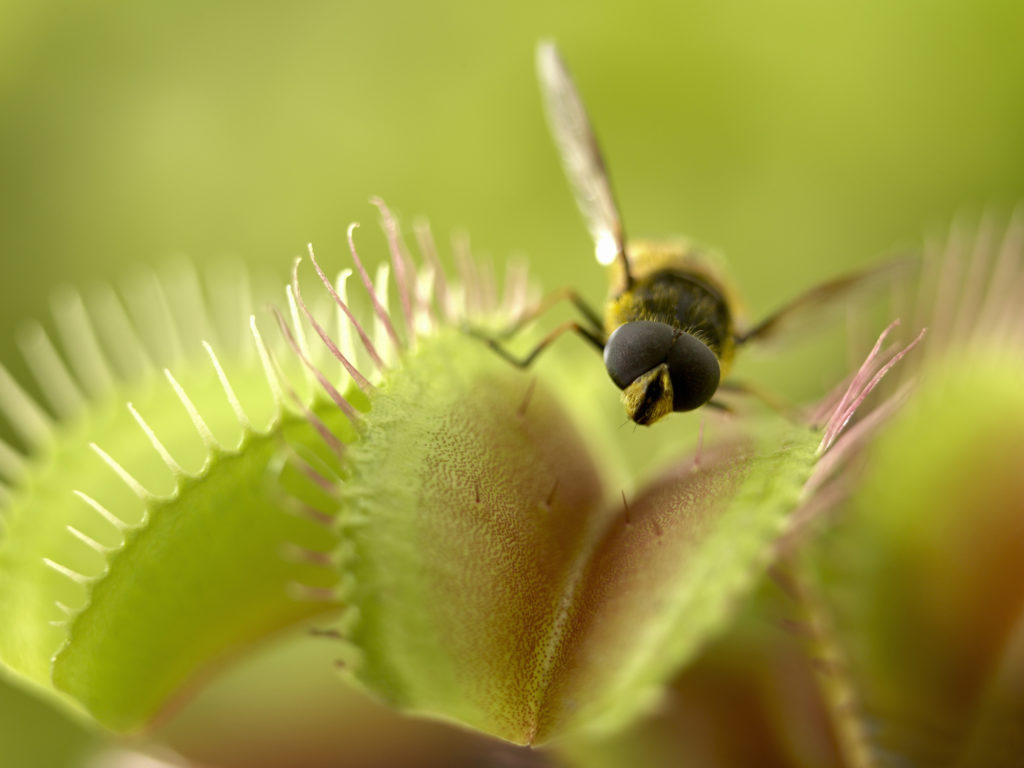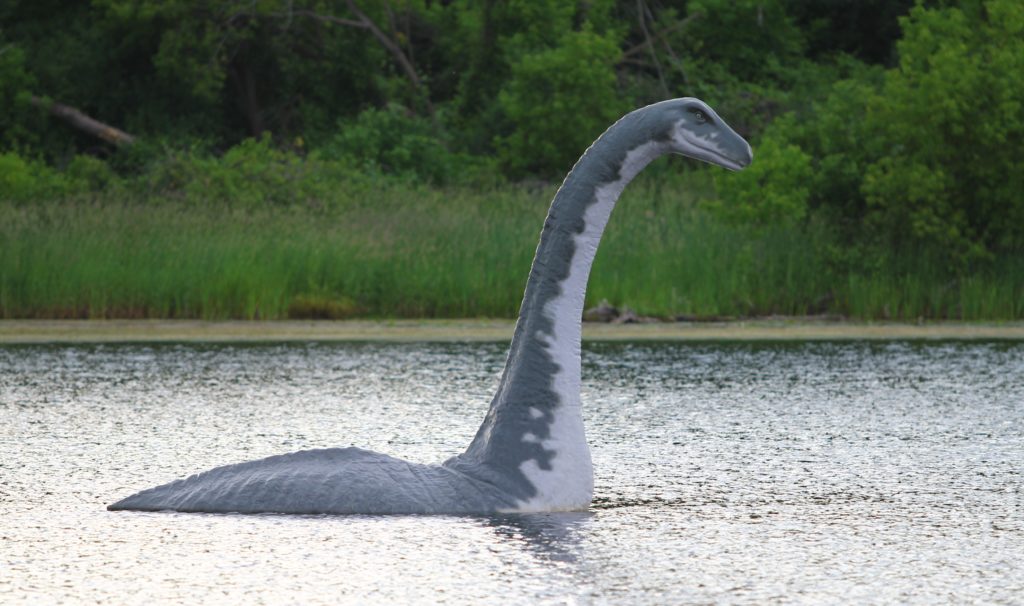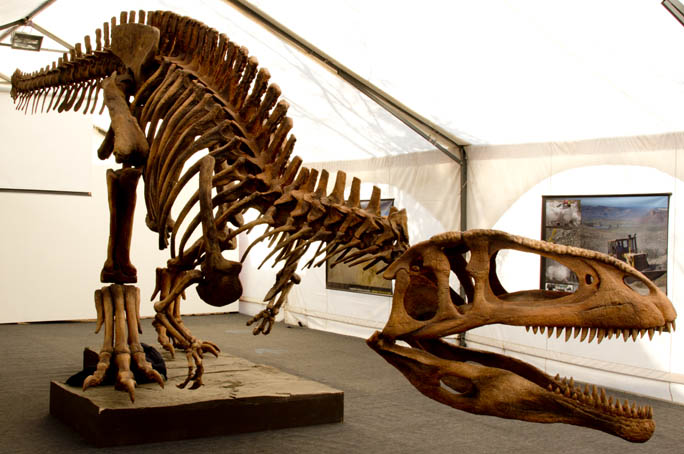There are few concepts in the history of economics that have been misunderstood, and misused, more often than the “invisible hand.” For this, we can mostly thank the person who coined this phrase: the 18th-century Scottish economist Adam Smith, in his influential books The Theory of Moral Sentiments and (much more importantly) The Wealth of Nations. Read The Invisible Hand of the Market
